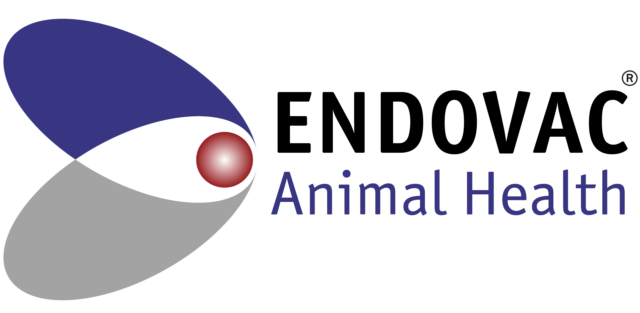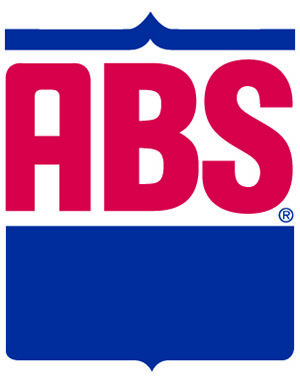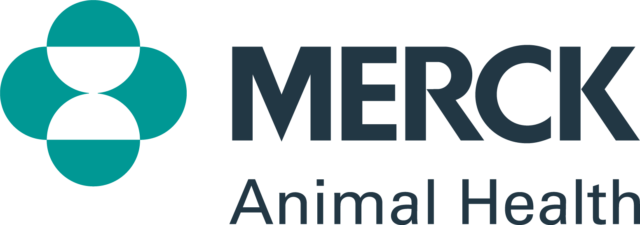As we look to start a new year, we wanted to find out what the next chapter of their story might be. We asked each of them, “What is the next step for your farm?” Here are the answers we received.
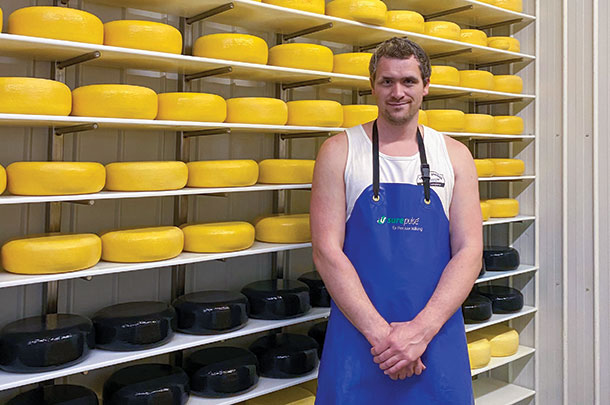 Crystal Springs Cheese –
Crystal Springs Cheese –
Jacco Beyer
Featured July 2020
“The dairy just made a group switchover; our herd now consists of 65 percent A2 cows and 35 percent A1 cows. By next summer, we hope to be fully A2. That means more A2 milk available to make more A2 products.
“Large-curd cottage cheese; we hope to launch our version of a full fat, large-curd (European-style) cottage cheese early next year under our Bles-World brand.
“We are bringing in two new team members as part of our larger management strategy. The first addition is already here – we are consulting with a semi-retired lifelong dairy plant manager to help us reach the next management level. The second addition is a full-time process controller and food safety officer who will work on lean efficiencies.
“Our new cheese vat from the Netherlands arrived in November. Once we have this vat commissioned, we will have the capability to produce enough artisan cheese to supply retail chains.
“Finally, by the end of 2021, we would like to begin producing Latin American cheeses and Middle Eastern cheeses.”
PHOTO: Photo by Emma Ohirko.
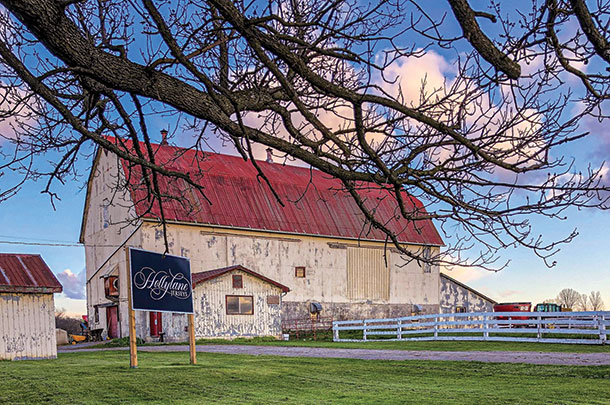 Hollylane Jerseys – Bryce Seaborn
Hollylane Jerseys – Bryce Seaborn
Featured October 2020
“The next steps for Hollylane Jerseys are fairly straightforward. In early 2020, we had the discussion of ‘What are we going to do in the future?’. Hollylane owners Roger Ray and Diane Jarrell-Ray have been farming here since 1984 and have decided to continue to invest in the future. Roger and Diane’s daughter Courtney and herd manager Bryce Seaborn are dedicated to taking over the operation.
“We are trying to get Roger to slow down with the labour. Diane has retired from feeding calves and focuses on the farm bookwork. Bryce and Courtney continue to take on more responsibility, both physically and in decision-making.
“Into next year, we have decided to start clearing our fencerows to utilize the most out of our land base. Since we are a smaller farm, we must ensure we are sustainable. We have decided to diversify and grow more fall-planted, early spring-harvested crops. We are trying new forage varieties to influx our feed inventory through the winter, with some to spare until the newest crop would be fully fermented. Our biggest goal (besides breeding high-scoring, high-producing cows) is the have the best feed we can make to feed our herd. It’s time for Hollylane to diversify and head up the scale to the highest level of success that we are satisfied with.”
PHOTO: Photo provided by Bryce Seaborn.
 Velrob Farms – Chad Veldman
Velrob Farms – Chad Veldman
Featured November 2019
“Our next focus on our farm is succession planning and producing our own electricity. COVID-19 has created some changes to our future plans for our farm, with another one of my siblings’ recent invested interest in farming.
Additionally, our future planning has been pushed off due to the inability to meet as a family with a succession planner. We have discussed options for producing our own electricity and have applied for net metering with the intent of adding solar panels to our barn. At this point, the high costs of upgrading our electrical system [are] making us consider the possibility of going off-grid and installing a digester.”
PHOTO: Photo by Karen Lee.
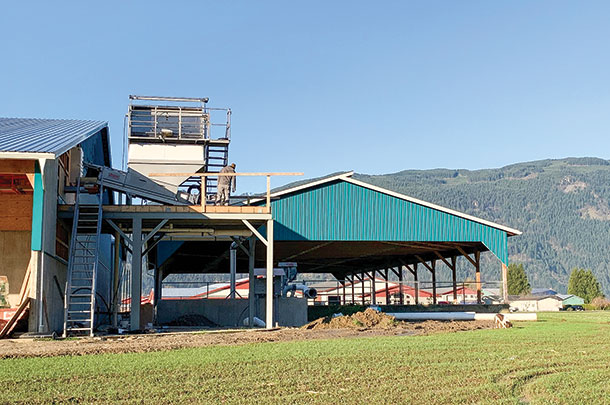 Peterson Farms – Ruby, Gordon and Eric Peterson
Peterson Farms – Ruby, Gordon and Eric Peterson
Featured January 2020
“For our farm, we have no major plans in mind. (A total farm rebuild was major enough for us.) We have bought a small amount of quota and will continue to keep slowly expanding.
I can see us trying to purchase more land in the future as well. Our farm is a family-run operation, and we would like to see it remain that way.”
PHOTO: Photo provided by Ruby Peterson.

 Sunnyside Creamery – Martha and Bas Froese-Kooijenga
Sunnyside Creamery – Martha and Bas Froese-Kooijenga
Featured March 2020
“The next steps for Sunnyside Creamery are happening right now. We are implementing a bigger pasteurizer with a 1,000-litre capacity, as well as a bottle filler, bottle washer and a new kitchen. The pasteurizer saves us from some heavy lifting, and the bottle filler and washer are major time-savers.
We have started selling yogurt through our creamery and are working on producing larger quantities of it using our yogurt incubating room. In addition to this, we have plans to begin producing and selling kefir soon.”
PHOTO: Photo provided by Martha Froese-Kooijenga.
 Birkstead Holsteins – Thomas Wantenaar
Birkstead Holsteins – Thomas Wantenaar
Featured September 2020
Thomas Wantenaar says he finally feels like everything is in place at Birkstead Holsteins. Up until recently, he has been largely focused on crossbreeding his herd and implementing robots, but now says he has the time to move onto the next step and work on becoming more efficient. He says he would like to run his herd more efficiently – this means bringing down the number of cows producing to fill the farm’s quota.
Secondly, Wantenaar says he would like to increase the beef side of his business. Currently, nearly all Birkstead Holsteins’ heifers are bred with sexed semen before their first lactation. If the cow’s productivity during the first lactation is what Wantenaar considers to be average, the cow will be bred back to beef. The calves of these average cows will be maintained as replacements for the milking herd.
All beef calves are raised at Birkstead Holstein until they reach 350 pounds, after which they are sold to a local buyer. Additionally, any male calves from failed sexed semen and Fleckvieh cows are finished on the farm. Wantenaar says his breeding goal going forward is to strengthen his genetics by becoming increasingly selective with the cows he maintains in his milking herd.
PHOTO: Photo provided by Thomas Wantenaar.
 Kelderview Holsteins – Sophie and Bart Op den Kelder
Kelderview Holsteins – Sophie and Bart Op den Kelder
Featured September 2020
“There are not too many big plans in store for Kelderview Holsteins in the near future. We have invested in a corn dryer system as well as storage for our beans. The hope is to get that up and running for the cash crop side of our operation and have it paid it off.
As for the dairy side, we are working on optimizing herd health and production. The goal is to fill as much quota as possible with the barn and robots we have in place now. At the moment, we have no direct plans to expand the barn.”
PHOTO: Photo provided by Bart Op den Kelder.
 Holberg Farm – Holger Schwichtenberg
Holberg Farm – Holger Schwichtenberg
Featured May 2020
“We have had the robots up and running at Holberg Farm now for 15 months. Everything has started to settle down, and we have worked through many of the kinks. There are two steps we would like to take in the next five years.
The first is to increase our quota from 210 kilograms to 240 kilograms to maximize the output from each robot. The second step is to start succession planning for the farm. At the age of 59, it’s time for me to start thinking about which of our boys want to continue the operations here.”
PHOTO: Photo courtesy of Holberg Farm.
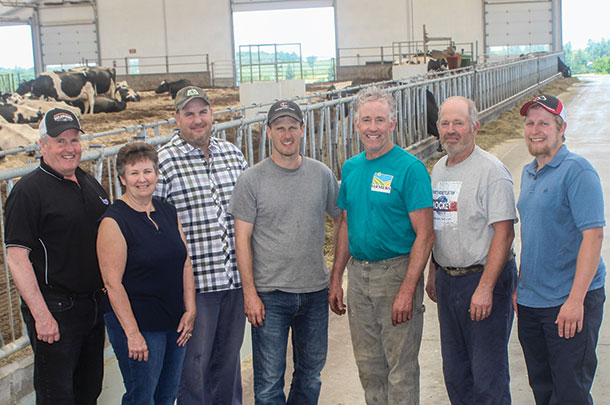 Highview Holsteins Ltd. – Evans family
Highview Holsteins Ltd. – Evans family
Featured October 2020
“Highview Holsteins Ltd. began in 1954 by the late Ross and Barb Evans. Their vision was to put a succession plan in place that would enable the farm to smoothly transition to future generations. Today, the second generation is at retirement age, and the third generation is taking on the majority of the workload. The fourth generation is learning the value of being a part of the family dairy farm and helping with daily chores together.
“Highview’s goal is to keep progressing in the technology and efficiency of our facilities, to ensure the next generation is given the opportunity to be a part of the farm, if that is what they would like to do.
“The next area that Highview will be researching is the housing of our heifers from 14 months to calving. The herd numbers have grown, and we will be looking into designing a barn that would still allow the heifers to have access to a 7-acre pasture field, proper ventilation and head rails for easy handling.
“Ross and Barb encouraged us to keep a balance between family activities, community involvement and our farm work. We do not want to forget the hard work and the simple, cost-efficient techniques of the earlier generation that has helped us to grow to where we are today.” ![]()
PHOTO: Photo by Amanda Evans.
